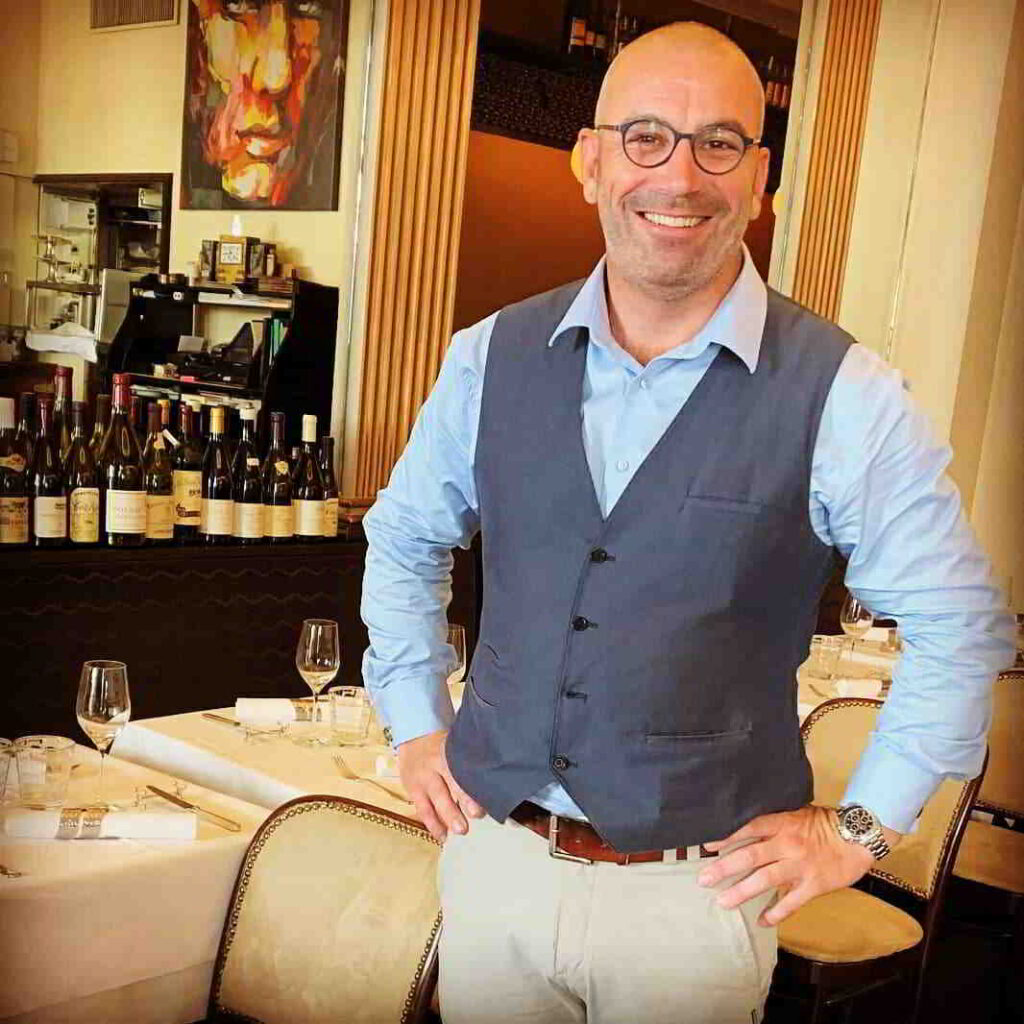
Over the years, Exclusive France Tours has built a network of passionate and exciting experts, bearers of France’s heritage in all its diversity. Marie Tesson, the founder of Exclusive France Tours, is eager to transmit their passion through a series of exclusive interviews. To launch this beautiful wander dotted with some exceptional gems, Marie has chosen to take you on a journey into a world that she particularly cherishes: wine. She wanted to probe the secrets of the perfect food and wine pairing. She caught up with Philippe Marques, one of France’s most respected sommeliers, on the unique alchemy that goes into choosing the perfect bottle to accompany a dish.
A few words about Philippe Marquès: a sommelier, a discerning gastronome, a wine lover (and Burgundy wines in particular) … and above all a prodigy in food and wine pairing. Indeed, Philippe is a highly gifted sommelier trained at Lucas Carton and Prince de Galles hotel, and certainly the most knowledgeable sommelier on Burgundy wines with a deep understanding of food & wine match.

Founder
Marie: What does a food and wine pairing really bring to the table? Why is it not enough to choose any very good wine to accompany a dish?
Philippe Marquès: A food and wine pairing brings harmony. The goal in bringing together two things is to solve the mystical mathematical equation: 1 + 1 = 3. Together, it’s better, we create something greater. Take a salt-free meal and taste it. Have some salt, taste it. They have little or no interest on their own. Then taste a dish that has been properly salted, and now it will bring you pleasure. The right combination of two things together is to magnify one another. This is true in painting, in music, in literature.
A great wine is therefore not enough to guarantee the success of a food and wine pairing. The greatness of the wine will not change anything. For example, for a prime rib, which has a rustic and fibrous texture, the delicacy of a Romanée Conti will not do. And yet, we are talking about a Romanée Conti!
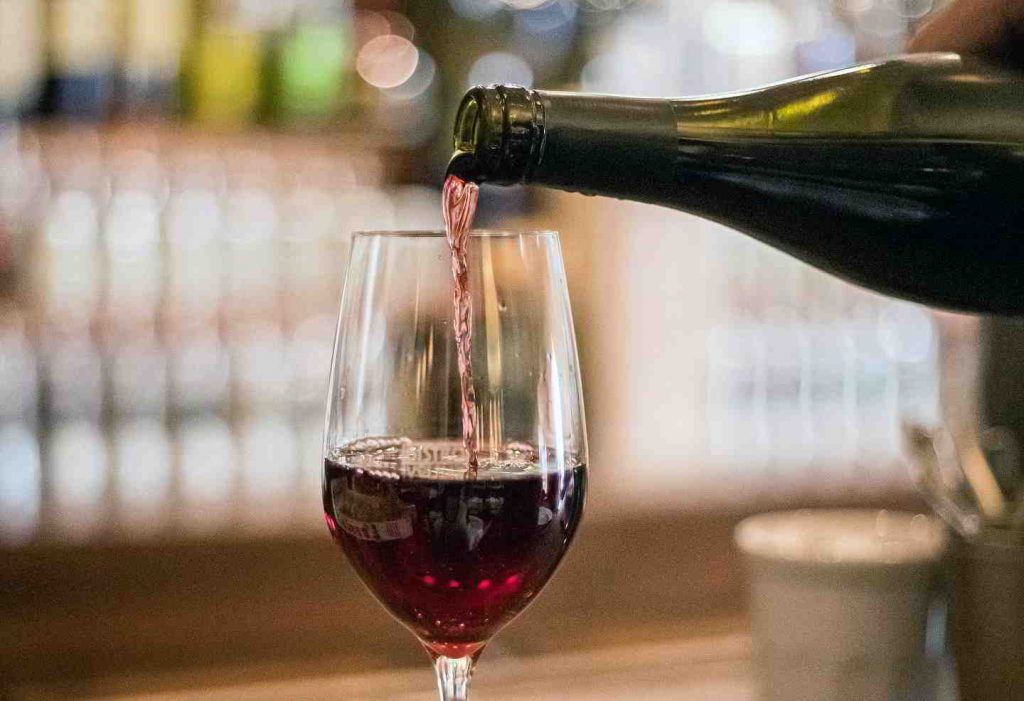
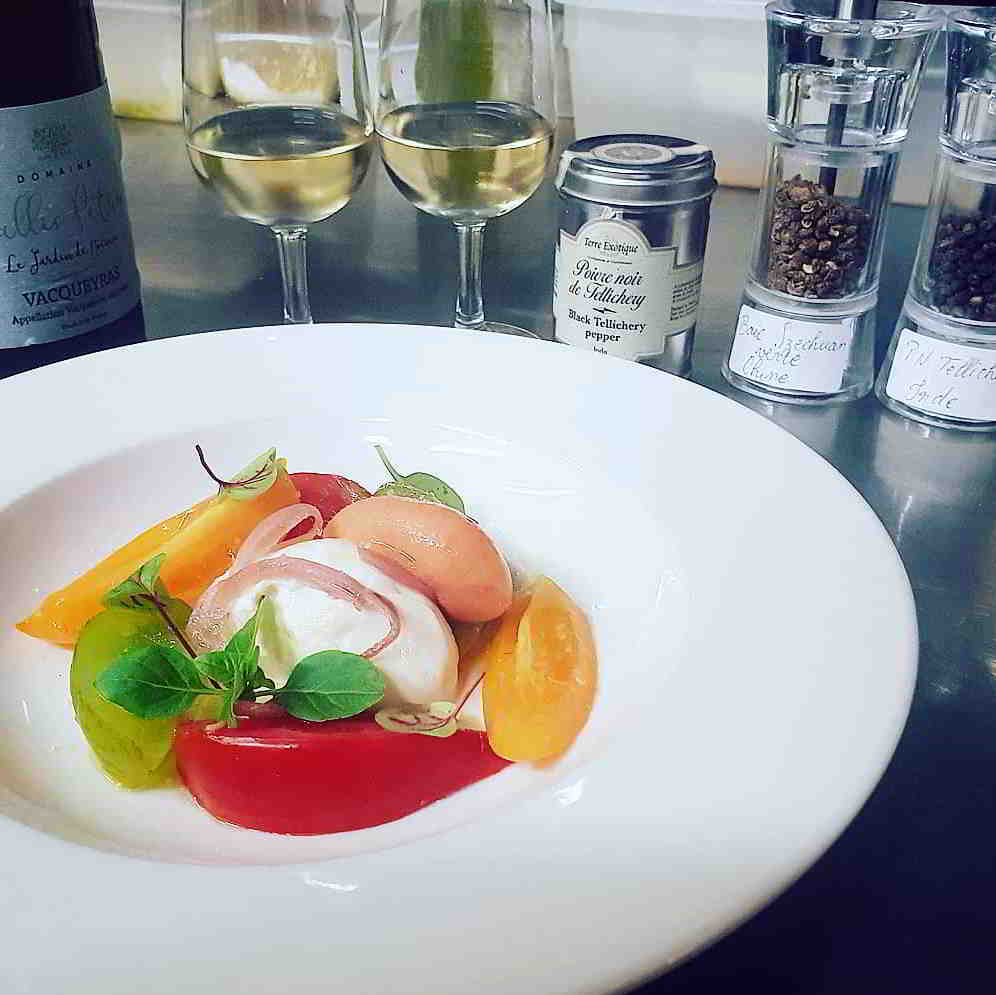
Philippe Marquès: Many people spontaneously focus on the aromas, [but] it’s a mistake. For example, if you imagine a lemon pie and you think about aromas, looking for a wine with similar aromas, you might think of a Pouilly Fumé – and yet this food and wine pairing would not be successful at all.
The fundamental basis for any food and wine pairing is texture. The idea is to understand the architecture of a dish: you have to analyze its chew, its density, its grain. Then we try to find a wine that will have the same texture as the dish. Let’s take for example 3 pieces of beef: Again, using the example of a prime rib, this sort of meat has a rather grainy structure. So you will have to look for wines with more thickness, more chew than length. For example, we can start with a Hermitage.
“ The most important thing is to choose the right winemaker
Beef onglet has a firm structure, an acidity that gives it length. The wine that will suit this beef cut will therefore require density in its body and acidity, since length is more important than thickness. So we could choose a Cabernet Franc de Loire.
Finally, if we are to go for the tenderloin with a fine grain, juicy and very tender, we will look for a wine with finesse and delicacy. A Vosne Romanée will therefore be the perfect choice. Of course, this is to be put into perspective since, as we know, the most important thing, before choosing an appellation or a terroir, is to choose the right winemaker.
You can go very far when you consider the structure of a dish. I would like to take as an example the famous veal and langoustine tartare created by [French chef] Alain Senderens, for whom I worked for 10 years. With this tartare, I used to serve a Pouilly-Fuissé from Forest. Depending on the vintage, the Chef would cut the veal chunks to different sizes: indeed, on cold vintages, with a more pronounced mineral and saline structure, you would need larger pieces to get more chew. On the contrary, for more solar vintages, the chef cut the veal pieces more finely due to the more subdued structure of the wine.
For those interested in having more input about our wine tours, follow the link here.
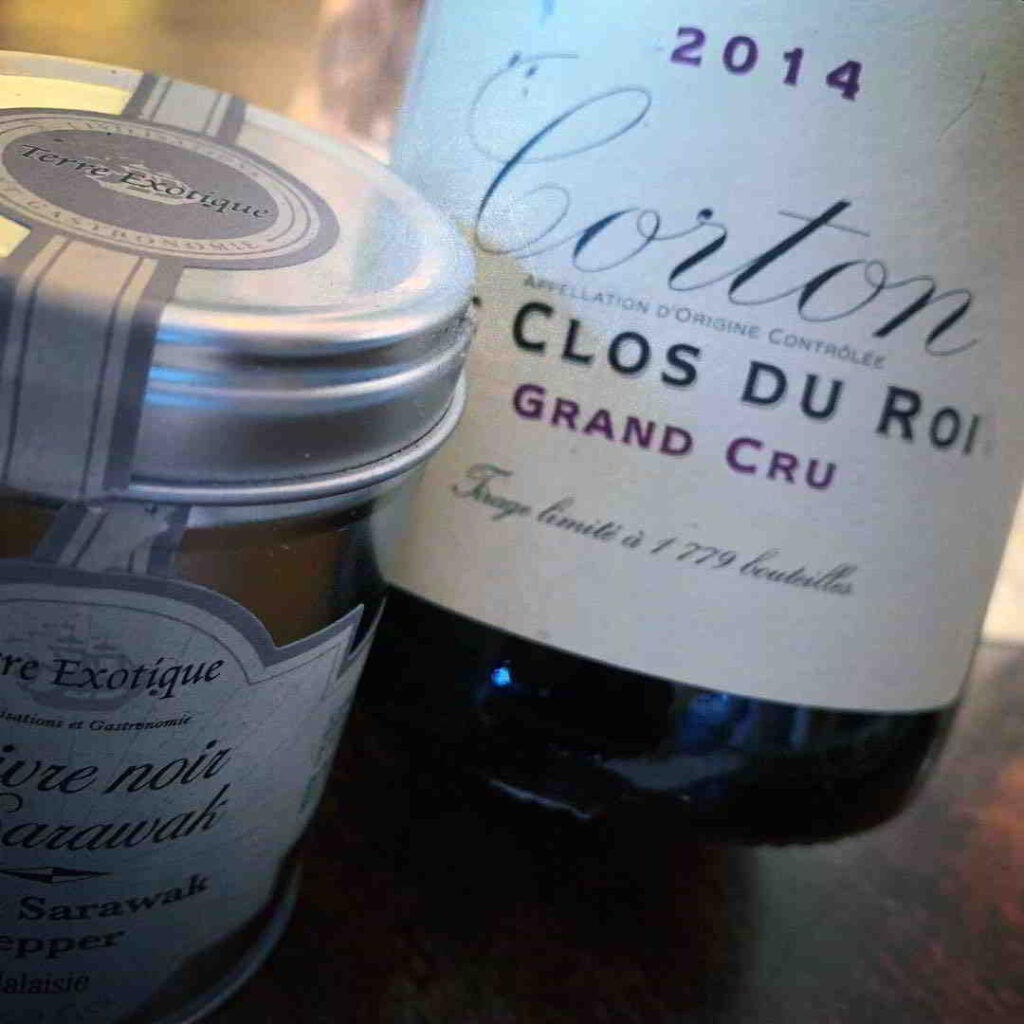
Marie: ou just mentioned your experience with Mr. Senderens. Was it at that time that everything started for you in terms the desire to work on food and wine pairings?
Philippe Marquès: My passion for food and wine pairing started a little earlier, when I was a sommelier at the Mandarin Oriental in London. The Restaurant Manager at the time, David Nicholls (now Food & Beverage Group Director of Mandarin Oriental) gave me carte blanche to work on food and wine pairings. He had an unwavering confidence in me. I remember my first pairing, which was a trio of foie gras cooked in three different ways by the chef of Le Mandarin Oriental. I decided to work on this starter, as it was challenging for me: a single product but cooked in three different ways. Consequently, a single wine could not be suitable for me. So I had the idea to serve this starter with three glasses of wine, identical and different at the same time: Jerez, same origin, same grape variety, but [each] vinified differently. For the seared foie gras, [I chose] a Jerez Manzanilla, with a clear, almost transparent robe, with aromas of hazelnut, a little iodized. For the fried foie gras, a Jerez Amontillado with a light brown color, brown sugar aromas, even if it is still a dry wine. And for the marinated foie gras, a Jerez Oloroso, with a deep dark robe, a powerful nose, spicy and candied. It was both very visual and very eloquent on the palate.
Then, when I joined Lucas Carton restaurant in 2003, Mr. Senderens allowed me to extend the experience to the extreme: he had no limits. For 10 years, all I did was brainstorm food and wine pairings with him. Mr. Senderens liked to take a wine and create the dish that would match the wine. He was an incredible source of inspiration for me. Mr. Senderens had an intuition, he talked about textures as the fundamental of any food and wine pairing. Over the years, I managed to formalize this intuition in a way to make it accessible and make people understand that 1+1=3.
It was particularly fulfilling since we had the same vision for many things. For example, Mr. Senderens didn’t care about labels: he just wanted a successful match. A great wine is always needed to make a very good food/wine pairing, but you don’t need a great label to make it work. I often served a Pouilly Fuissé blind, and people often mistook it for a grand cru of Puligny Montrachet or Chassagne Montrachet. It is not the greatness of the appellation that makes the greatness of the wine.
For Burgundy lovers, if you want to have some information about our tailor-made Burgundy wine tours, follow the link.
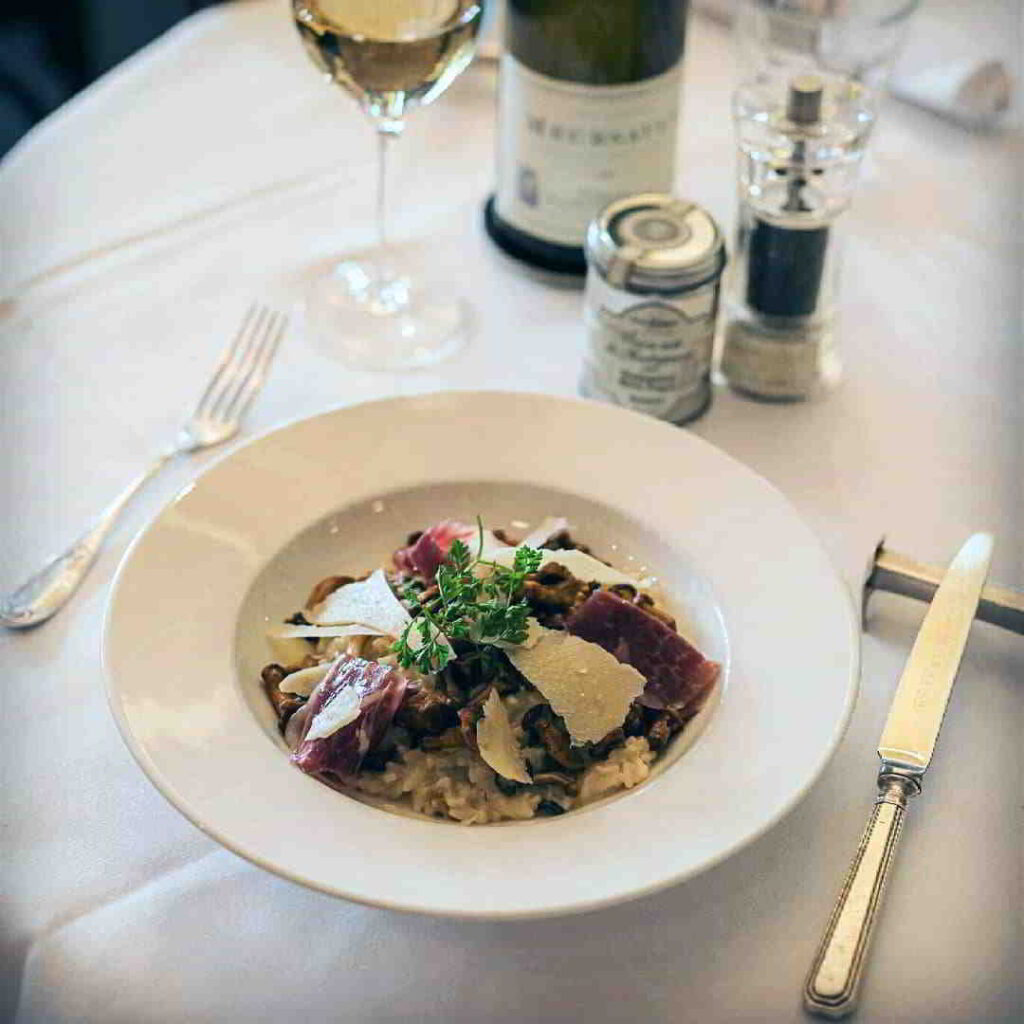
“It is not the greatness of the appellation that makes the greatness of the wine
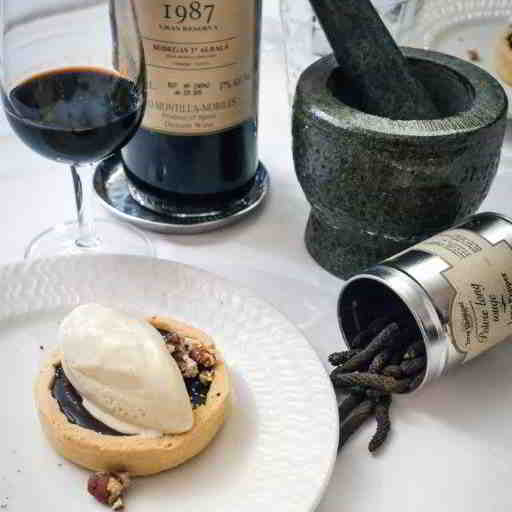
Philippe Marquès: It all started with Mr. Senderens. In May 2004, we were working on a match for abalone “meunière” with green asparagus. I had selected an Austrian white wine, but although it was pleasant, it lacked a dimension. Then Mr. Senderens added a very specific pepper, and the dish instantly awakened. It was amazing.
At the time, we didn’t go any further: pepper didn’t interest me much, and it was still unknown. In 2015, as I was setting up on my own to open my new bistro, I was thinking about what I could do in terms of food and wine pairing. Then I thought back to the experience of 2004. I decided to explore this lead. I met some pepper importers in Paris, Rouen, Tours. One of them impressed me and I then ordered 30 different varieties of pepper. I decided to see if I could combine them with a Champagne Grand Cru de la Montagne de Reims from Coutier. I smelled the champagne, without tasting it, just on the nose, then the pepper, then I felt the champagne that gave me a very clear perception of “I like” or “I don’t like”.
The champagne reacted positively or negatively to the pepper. That’s how I selected four varieties of pepper. I then prepared four thick slices of button mushrooms with each of the selected pepper, and I tasted the champagne with each combination. The experience was very powerful with three different types of pepper: we had the sense of tasting three different champagnes, sublimated differently by the types of pepper. It was a genuine revelation.
Interested in a beposke Champagne tour? Please read on here.
Pepper is an extraordinary way to enhance the palate, to allow it to access the complexity of food and wine pairings. A pepper can transform a food and wine pairing. For instance: I once served a cod with a red wine. The cod and the red wine destroyed each other. The wine lost all its subtlety, only its acidity remained. By adding a very specific pepper, the harmony was completely transfigured: the quality of the wine and the dish was restored.
The wine chooses the pepper. Two varieties of pepper may appear very alike if tasted alone, while the wine will make a big difference between each one. That’s why I listen to the wine much more than to myself, because wine is much more subtle and clearly expresses preferences or dislike. For instance, Sarawak black pepper from Malaysia will suit a red Burgundy but not a Chardonnay, whereas with black pepper from Madagascar it will do the opposite.
Pepper will allow pairings that until then were impossible to imagine: let me explain. At the restaurant, if there are 4 of you, you will tend to order a bottle of wine to share even though the food choices are different. It seems obvious that in this case, the same wine will not be appropriate for all the dishes. Well, the right pepper combined with the selected wine will allow everyone to have a successful food and wine pairing. And that’s revolutionary.
You’re still in a restaurant, and you’ve picked a scallop and an onglet cut of beef. You choose a bottle of wine: a Bourgueil. Serve the Bourgueil on the scallops, the two destroy each other. On the other hand, if you choose the right pepper, you will be surprised but it works.
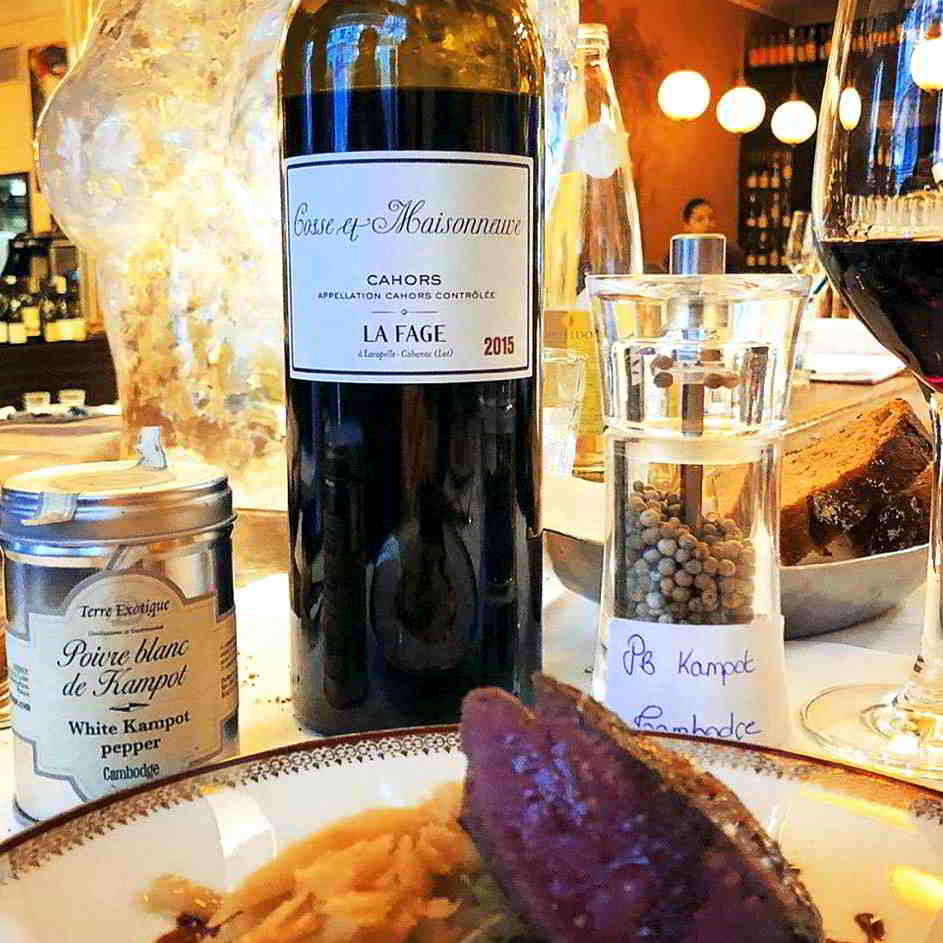
“ The wine chooses the pepper »
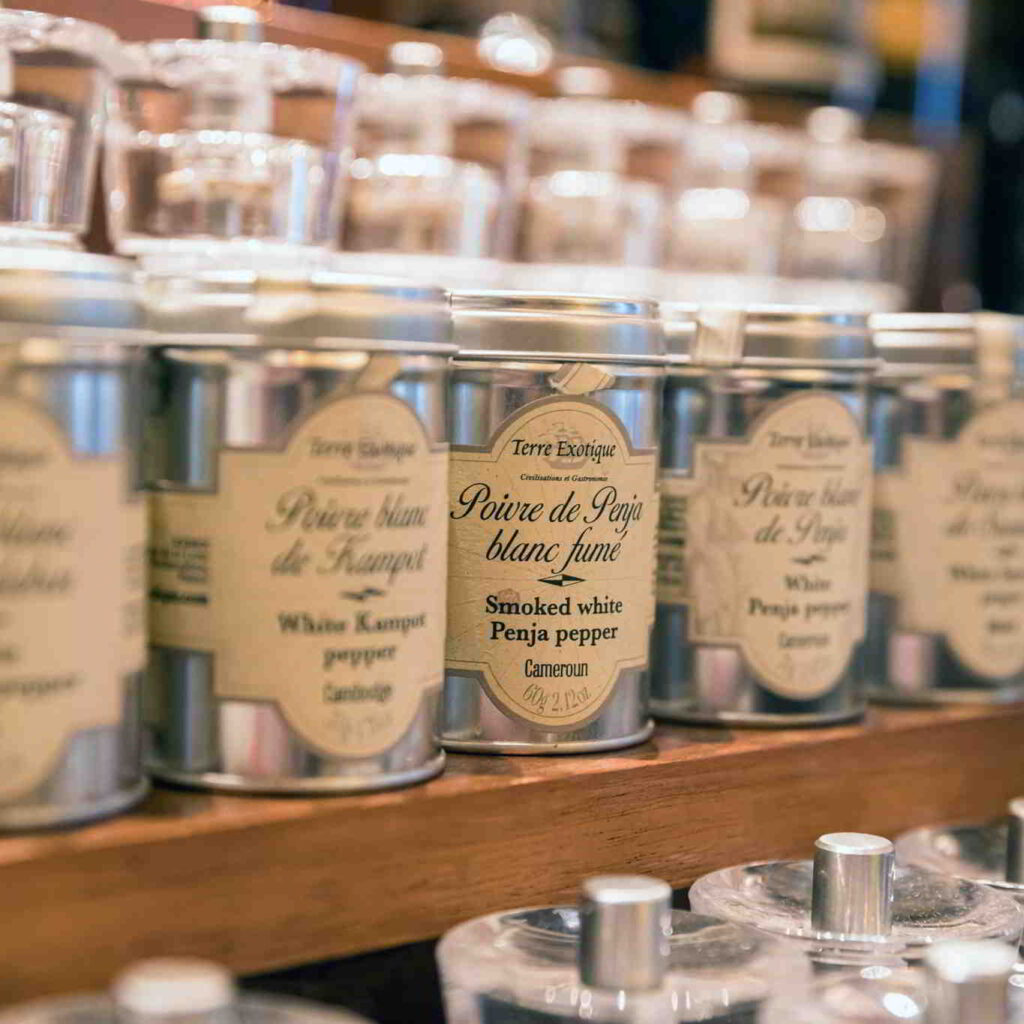
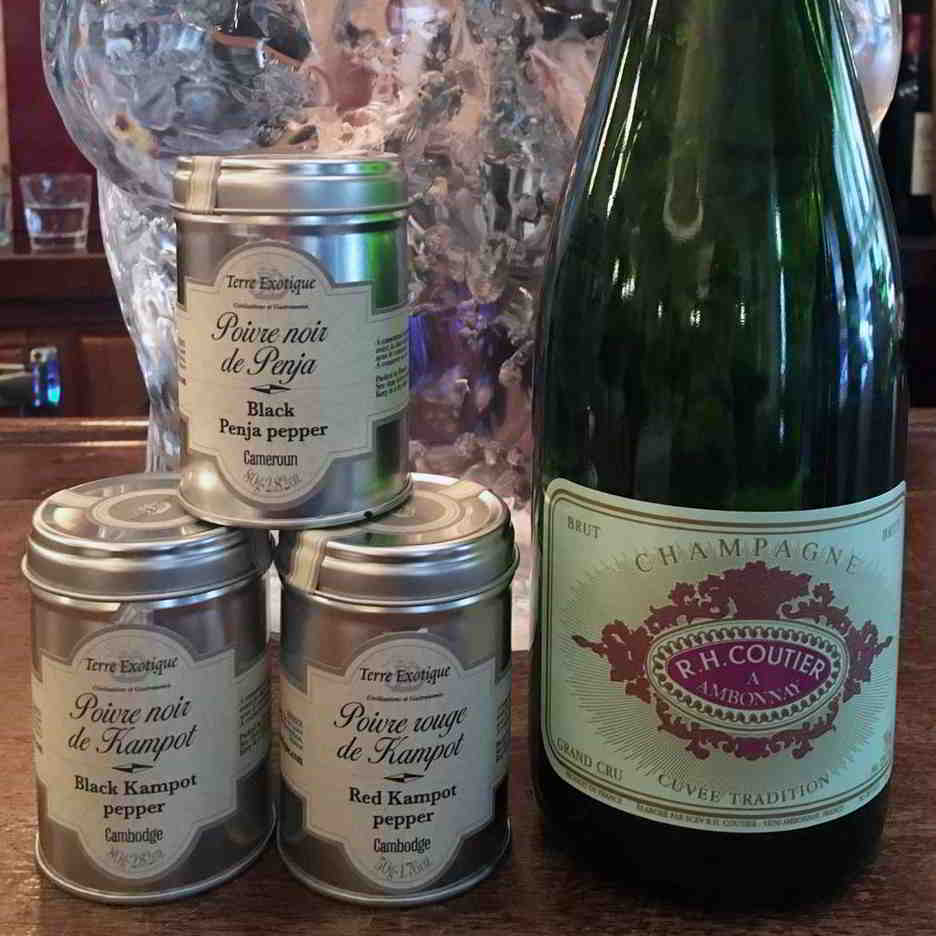
Did you like the content? Share it now!
Philippe Marquès: With a red Burgundy, you will go with black pepper from Sarawak, black pepper from Belem in Brazil or Wayanad black pepper from India.
For the southern Côtes du Rhône, it will go with a red pepper from Phu Quoc or a red pepper from Kampot. If the wine has a strong acidity, one can choose a Phu Quoc pepper. If it is ripe, we will go with a red pepper from Kampot. And the older the wine is, the more the white peppers will magnify it. Wines made from Cabernet & Cabernet Franc Merlot grapes like white peppers; even in their youth.
Some very aromatic white wines, such as those from Savoie or certain wines from the Rhône, may go well with “false peppers” such as green Szechuan style. By false pepper, I’m referring to all the berries that historically have been called peppers, but are technically not from a botanical standpoint . Thirty years ago, we used to talk about Szechuan pepper. But it is not a pepper, it is a Zanthoxyllum piperitum. Historically, it is a pepper. Botanically, it is not. So it’s called false peppers.
Some white wines from the Loire Valley go perfectly with Timur Bay, a variety of false pepper from Nepal.
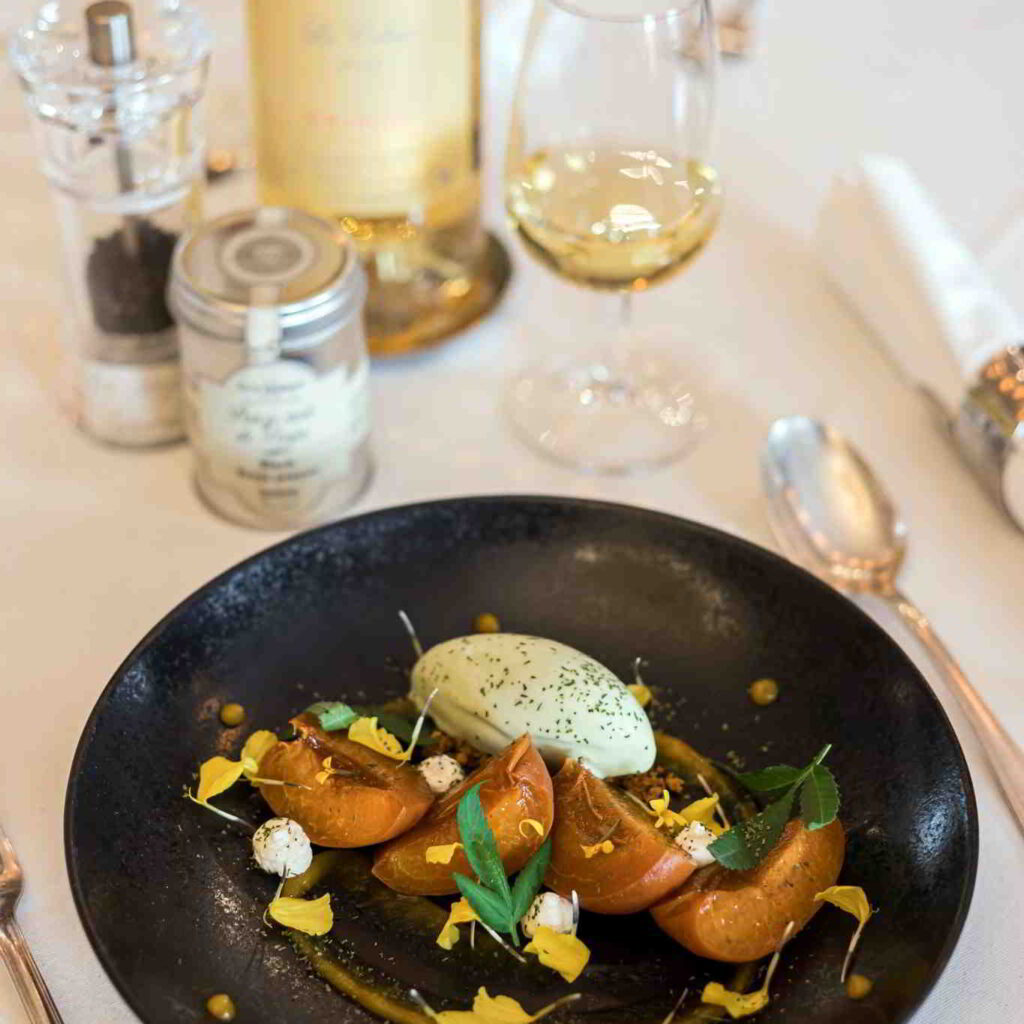
Did you like the content? Share it now!
To provide the best experiences, we use technologies like cookies to store and/or access device information. Consenting to these technologies allows us to process data such as browsing behavior or unique IDs on this site. Not consenting or withdrawing consent may negatively affect certain features and functions.
